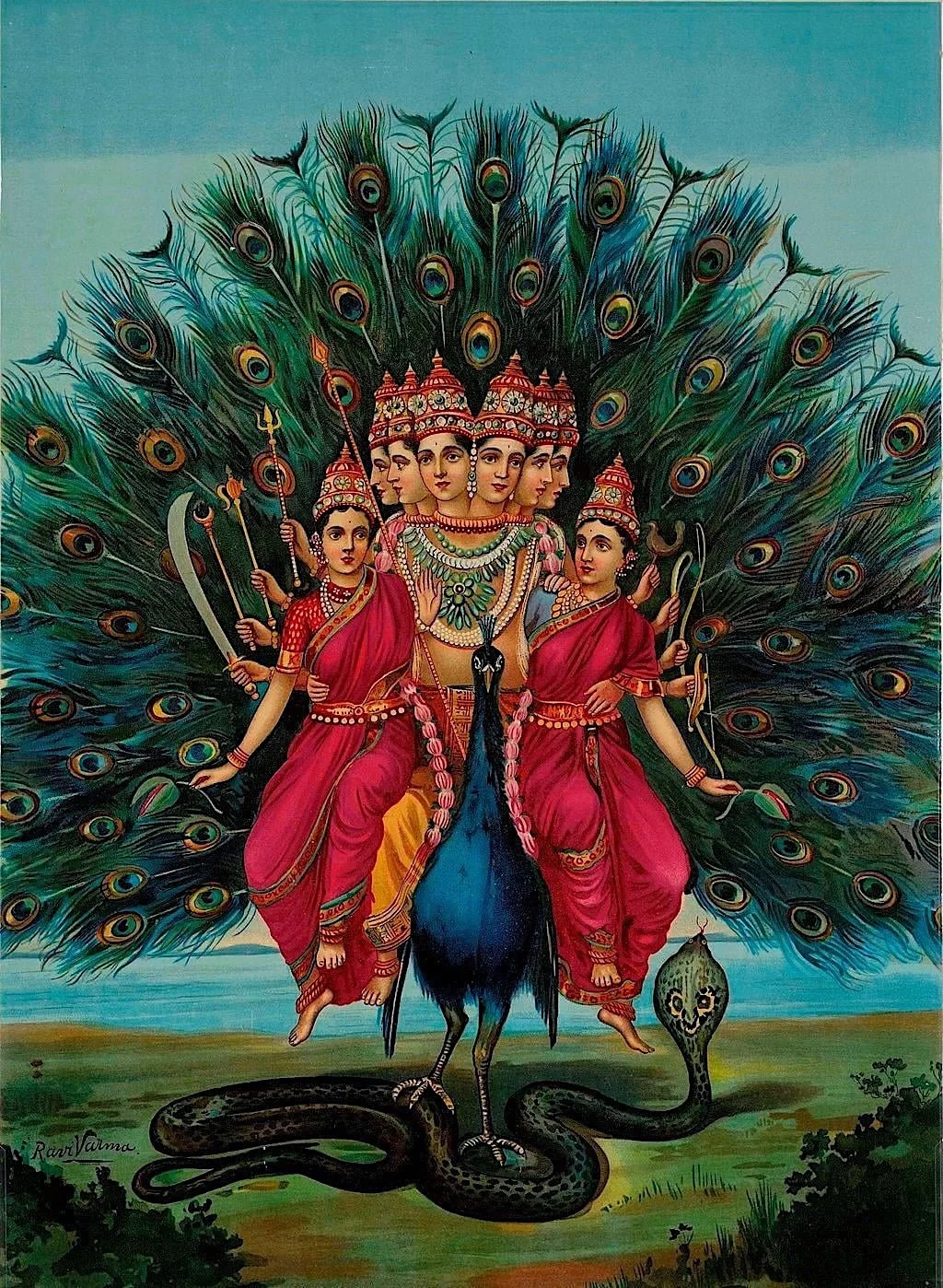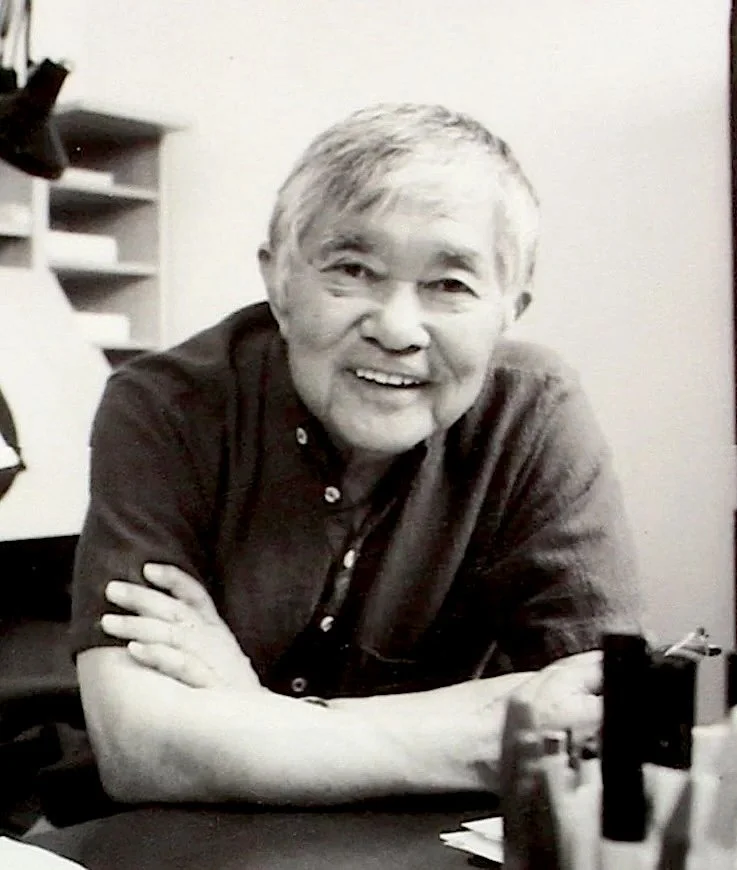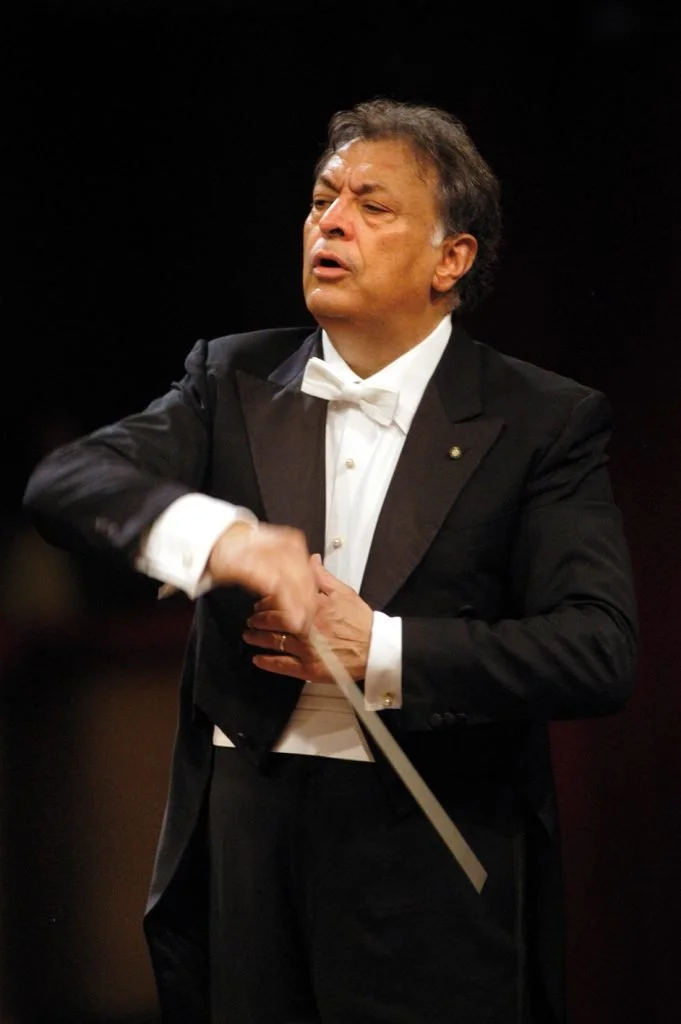APRIL 29
RAJA RAVI VARMA (April 29, 1848)
April 29 is the birthday of Indian painter RAJA RAVI VARMA (1848-1906).
Varma "is considered among the greatest painters in the history of Indian art for a number of aesthetic and broader social reasons. Firstly, his works are held to be among the best examples of the fusion of European techniques with a purely Indian sensibility. While continuing the tradition and aesthetics of Indian art, his paintings employed the latest European academic art techniques of the day. Secondly, he was notable for making affordable lithographs of his paintings available to the public, which greatly enhanced his reach and influence as a painter and public figure. Indeed, his lithographs increased the involvement of common people with fine arts and defined artistic tastes among common people for several decades. In particular, his depictions of Hindu deities and episodes from the epics and Puranas have received profound acceptance from the public and are found, often as objects of worship, across the length and breadth of India." (Wikipedia)
To see examples of Varma’s art, CLICK HERE.
SIR THOMAS BEECHAM (April 29, 1879)
April 29 is the birthday of English conductor and impresario SIR THOMAS BEECHAM (1879-1961).
“The sound of a harpsichord is two skeletons copulating on a tin roof in a thunderstorm.”
(Describing J.S. Bach) “Too much counterpoint; what is worse, too much Protestant counterpoint.”
“All the arts in America are a gigantic racket run by unscrupulous men for unhealthy women.”
(Said to a female ‘cellist in his orchestra) “Madam, you have between your legs an instrument capable of giving pleasure to thousands – and all you do is scratch it.”
"Born to a rich industrial family, Beecham began his career as a conductor in 1899. He used his access to the family fortune to finance opera from the 1910s until the start of the Second World War, staging seasons at Covent Garden, Drury Lane and His Majesty's Theatre with international stars, his own orchestra and a wide repertoire. Among the works he introduced to England were Richard Strauss's Elektra, Salome and Der Rosenkavalier and three operas by Frederick Delius.
Together with his younger colleague Malcolm Sargent, Beecham founded the London Philharmonic, and he conducted its first performance at the Queen's Hall in 1932. In the 1940s he worked for three years in the United States, where he was music director of the Seattle Symphony and conducted at the Metropolitan Opera. After his return to Britain, he founded the Royal Philharmonic in 1946 and conducted it until his death in 1961.
Beecham's repertoire was eclectic, sometimes favouring lesser-known composers over famous ones. His specialities included composers whose works were neglected in Britain before he became their advocate, such as Delius and Berlioz. Other composers with whose music he was frequently associated were Haydn, Schubert, Sibelius and the composer he revered above all others, Mozart." (Wikipedia)
SIR MALCOLM SARGENT (April 29, 1895)
April 29 is the birthday of English conductor SIR MALCOLM SARGENT (1895-1967).
"My career was based on the two M's – Messiah and Mikado."
“If music be the food of love, play on, if not, SHUT UP!”
Sargent " toured widely throughout the world and was noted for his skill as a conductor, his championship of British composers, and his debonair appearance, which won him the nickname 'Flash Harry.'" (Wikipedia)
DUKE ELLINGTON (April 29, 1899)
April 29 is the birthday of American jazz pianist, composer and bandleader DUKE ELLINGTON (1899-1974).
"Love is supreme and unconditional; like is nice but limited."
"Art is dangerous. It is one of the attractions: when it ceases to be dangerous you don't want it."
"Although a pivotal figure in the history of jazz, in the opinion of Gunther Schuller and Barry Kernfeld, 'the most significant composer of the genre,' Ellington himself embraced the phrase "beyond category", considering it a liberating principle, and referring to his music as part of the more general category of American Music. Ellington was known for his inventive use of the orchestra, or big band, as well as for his eloquence and charisma. He was awarded a posthumous Pulitzer Prize Special Award for music in 1999." (Wikipedia)
MAYA DEREN (April 29, 1917)
April 29 is the birthday of American experimental filmmaker MAYA DEREN (1917-1961).
"The function of film, Deren believed, was to create an experience. She combined her expertise in dance and choreography, ethnography, the African spirit religion of Haitian Vodou, symbolist poetry and gestalt psychology (student of Kurt Koffka) in a series of perceptual, black-and-white short films. Using editing, multiple exposures, jump-cutting, superimposition, slow-motion, and other camera techniques to her advantage, Deren abandoned established notions of physical space and time, in carefully planned films with specific conceptual aims.
Meshes of the Afternoon (1943), her collaboration with Alexander Hammid, has been one of the most influential experimental films in American cinema history." (Wikipedia)
IWAO TAKAMOTO (April 29, 1925)
April 29 is the birthday of Japanese-American animator, television producer and film director IWAO TAKAMOTO (1925-2007).
"After the bombing of Pearl Harbor and signing of Executive Order 9066, Takamoto's family, like many Japanese-Americans, was forced to move to the Manzanar internment camp in the early 1940s. They spent the rest of World War II there, and it was at the camp that Takamoto received basic illustration training from two co-internees who were former Hollywood art directors ... He began his career as a production and character designer for Walt Disney Animation Studios films such as Cinderella (1950), Lady and the Tramp (1955), and Sleeping Beauty (1959). Later, he moved to Hanna-Barbera Productions, where he designed a great majority of the characters, including Scooby-Doo and Astro, and eventually became a director and producer." (Wikipedia)
ZUBIN MEHTA (B. 1936)
April 29 is the birthday of Indian conductor ZUBIN MEHTA (B. 1936).
Mehta is probably the world's most famous Zoroastrian. One of the most ancient religions, Zoroastrianism can be dated as far back as 1200 BCE. After centuries of persecution, mostly by Islam, it now has only has about 200,000 members world-wide.
Mehta "is music director emeritus of the Israel Philharmonic Orchestra (IPO) and conductor emeritus of the Los Angeles Philharmonic.
Mehta's father was the founder of the Bombay Symphony Orchestra, and Mehta received his early musical education from him. When he was 18, he enrolled in the Vienna state music academy, from which he graduated after three years with a diploma as a conductor. He began winning international competitions and conducted the Royal Liverpool Philharmonic at the age of 21. Beginning in the 1960s, Mehta gained experience by substituting for celebrated maestros throughout the world.
Mehta was music director of the Montreal Symphony Orchestra from 1961 to 1967 and of the Los Angeles Philharmonic from 1962 to 1978, the youngest music director ever for any major North American orchestra. In 1969, he was appointed Music Adviser to the Israel Philharmonic Orchestra and in 1981 he became its Music Director for Life. From 1978 to 1991, Mehta was music director of the New York Philharmonic. He was chief conductor of the Maggio Musicale Fiorentino in Florence from 1985 to 2017." (Wikipedia)
HANNE DARBOVEN (April 29, 1941)
April 29 is the birthday of German conceptual artist HANNE DARBOVEN (1941-2009).
"Art is a mixture of concept and discipline."
"In the winter of 1966–1967, she (Darboven) met Sol LeWitt, Carl Andre and Joseph Kosuth, major figures in the then nascent fields of Minimalism and Conceptual art. These meetings proved pivotal in the development of Darboven's work; soon thereafter, she began her first series of drawings on millimeter paper with lists of numbers, which resulted from complicated additions or multiplications of personally derived numerical sequences based on the four to six digits used to notate the date, month, and year of the standard Gregorian calendar. The calendar sequence has consistently formed the basis for the majority of her installations, and the ‘daily arithmetic’ consisting of checksums came to replace the year's calendrical progression according to a complex and challenging mathematical logic. Always written out by hand, her paperwork thus comprised rows and rows of ascending and descending numbers, u-shapes, grids, line-notations and boxes." (Wikpedia)
To see examples of Darboven’s art, CLICK HERE.








